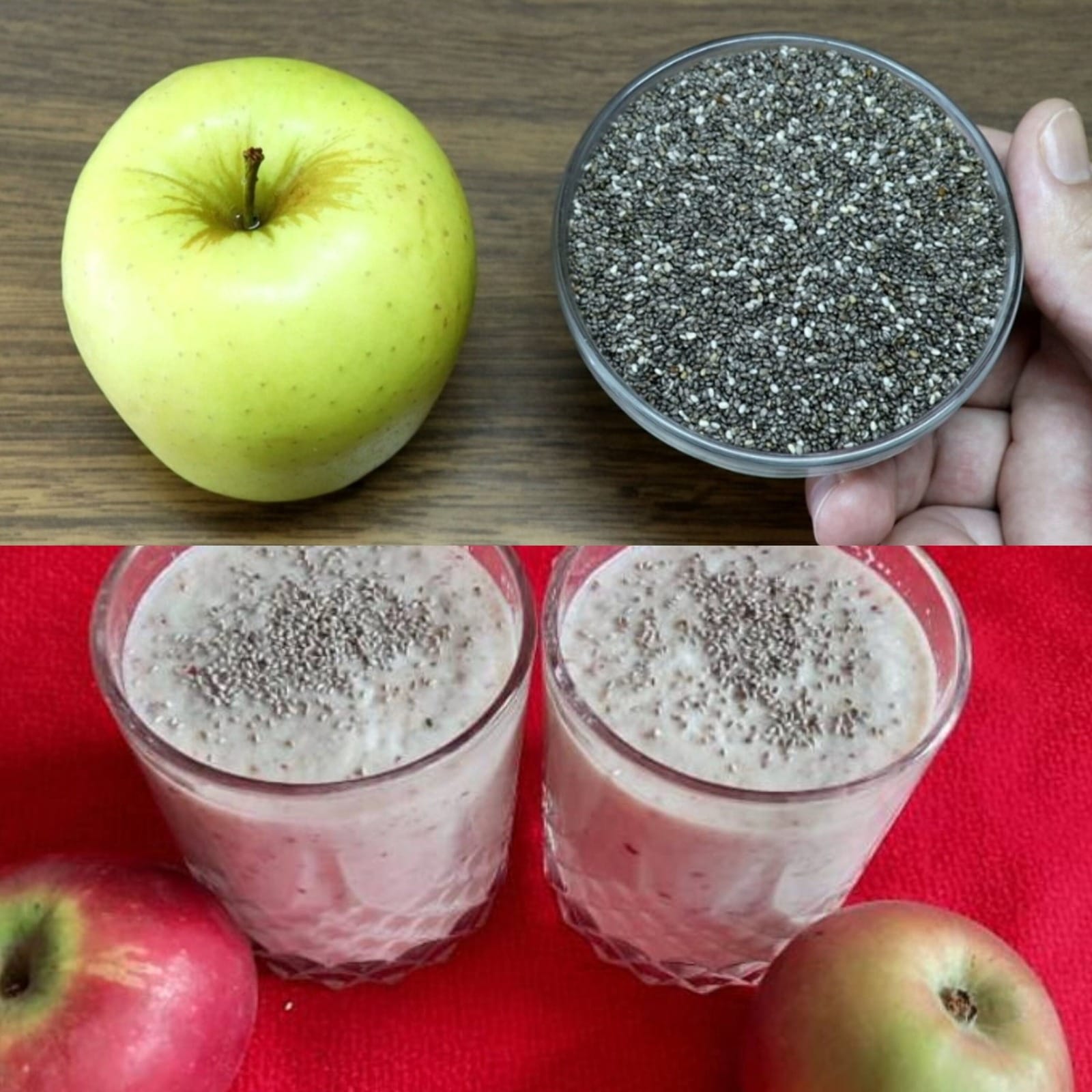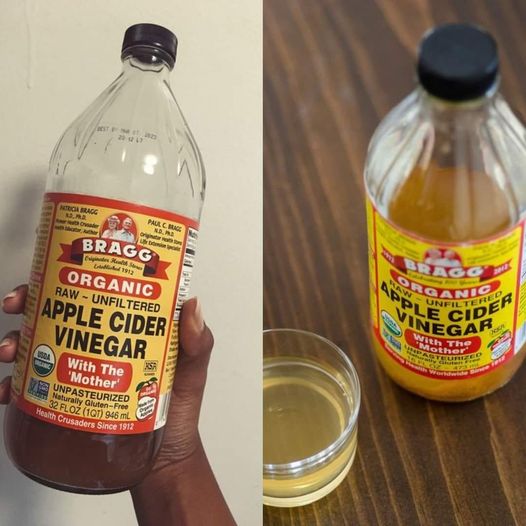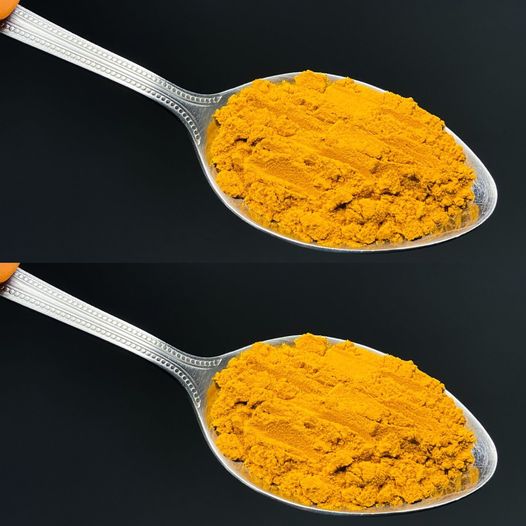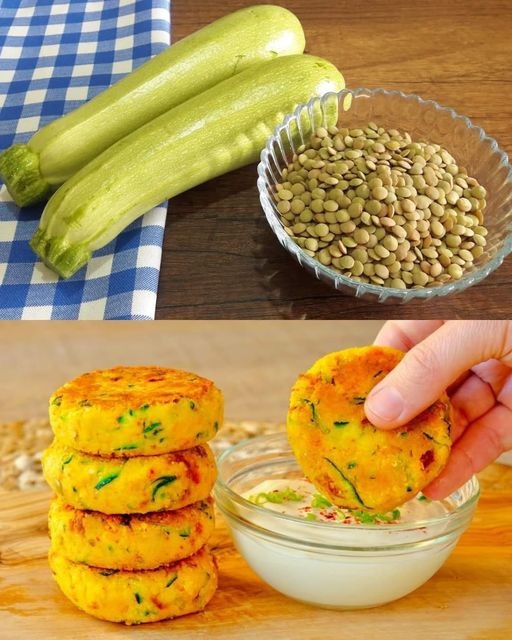From Seed to Spice: How to Grow Anise at Home (In Pots)
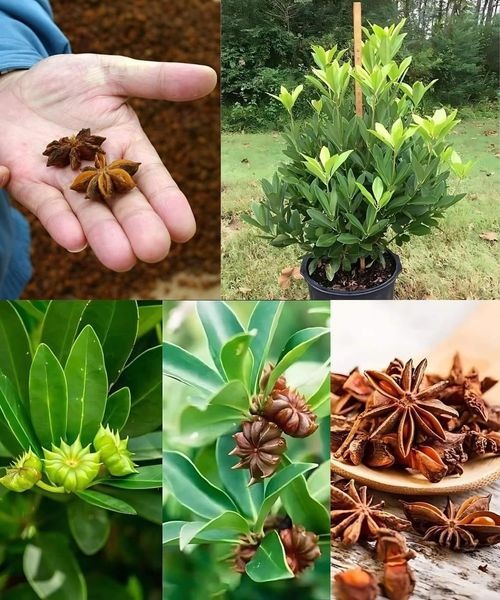
Anise, with its sweet, licorice-like flavor, is a staple spice in many culinary traditions. Whether you’re adding it to baked goods, brewing herbal teas, or using it to flavor savory dishes, growing anise at home in pots is a rewarding and simple way to keep this aromatic spice at your fingertips. Here’s a step-by-step guide on how to grow anise from seed to spice.
Why Grow Anise at Home?
Growing anise (Pimpinella anisum) at home offers several benefits:
- Fresh Supply: You’ll have a continuous source of fresh anise seeds for cooking and medicinal purposes.
- Space Efficient: It thrives in pots, making it perfect for small spaces like balconies or window sills.
- Easy to Grow: Anise is a low-maintenance plant that doesn’t require complicated care.
What You’ll Need:
- Anise Seeds: Purchase organic anise seeds from a nursery or online. Alternatively, you can use anise seeds from your spice cabinet as long as they are fresh.
- Pots: Choose pots that are at least 10-12 inches deep to allow the roots to grow freely.
- Soil: Well-draining soil, preferably a mix of potting soil and sand or perlite for added drainage.
- Watering Can or Spray Bottle: To water your seeds regularly.
- Fertilizer: Organic liquid fertilizer or compost to nourish your plants.
Step-by-Step Guide to Growing Anise
1. Planting Anise Seeds
- Timing: Anise seeds are best planted in the spring when the temperature is consistently above 15°C (60°F). This herb prefers warm conditions.
- Sowing Seeds: Fill your pot with the prepared soil mixture. Sow the anise seeds directly into the pot, about 1/4 inch deep, and space them about 3 inches apart. If you’re starting with a small pot, you can thin them out later.
- Watering: Gently water the seeds after planting to moisten the soil. Keep the soil moist but not waterlogged.
2. Placing the Pot
- Sunlight: Place the pot in a sunny spot that receives at least 6 hours of direct sunlight each day. Anise thrives in full sun.
- Temperature: Make sure your anise pot is kept in a warm environment. If it’s early in the growing season, you can start the seeds indoors by placing the pot near a sunny window or using a grow light.
3. Watering and Maintenance
- Watering: Anise prefers moderate watering. Check the soil regularly and water when the top inch of soil feels dry. Avoid overwatering, as soggy soil can lead to root rot.
- Fertilizing: Anise is a light feeder. Fertilize with a diluted liquid organic fertilizer once a month or mix compost into the soil at the beginning of the growing season.
- Thinning: Once the seedlings are about 2 inches tall, thin them to 6-8 inches apart to allow room for growth.
4. Caring for Your Growing Anise
- Weeding: Since you’re growing in pots, weeds shouldn’t be a huge issue, but if any weeds do appear, remove them to prevent competition for nutrients.
- Pests: Keep an eye out for common pests like aphids. You can spray the plants with a mild soap solution if necessary.
5. Harvesting Anise
- When to Harvest: Anise seeds are ready for harvest around 100 days after planting. The seeds will be ready when the flower heads turn brown and the seeds have fully matured.
- How to Harvest: Snip the flower heads when the seeds are fully formed. Hang the cut stems upside down in a dry, ventilated area. Place a paper bag over the flower heads to catch any seeds that fall during drying.
- Processing Seeds: Once dry, gently shake or rub the flower heads to release the seeds. Store your anise seeds in an airtight container to keep them fresh.
Bonus Tips:
- Growing Indoors Year-Round: If you want to grow anise indoors year-round, consider using a grow light to simulate sunlight during winter months.
- Companion Planting: Anise pairs well with herbs like coriander and dill, and can even help repel harmful insects when placed near other plants.
- Use Your Fresh Anise: Once harvested, you can use the seeds whole or grind them into a powder for baking, cooking, or even as a digestive aid.
Conclusion
Growing anise at home in pots is an easy and rewarding way to have a fresh supply of this versatile spice. With a little care and attention, you can enjoy the process from planting seeds to harvesting and using your home-grown anise in the kitchen. Plus, your home will be graced with the delightful aroma of this sweet herb.
Ready to try it? Start sowing your seeds today and watch your anise plant thrive!

